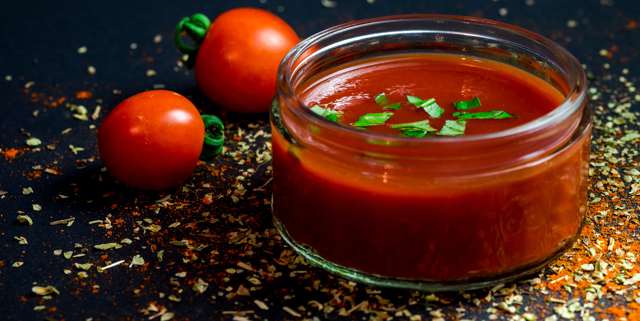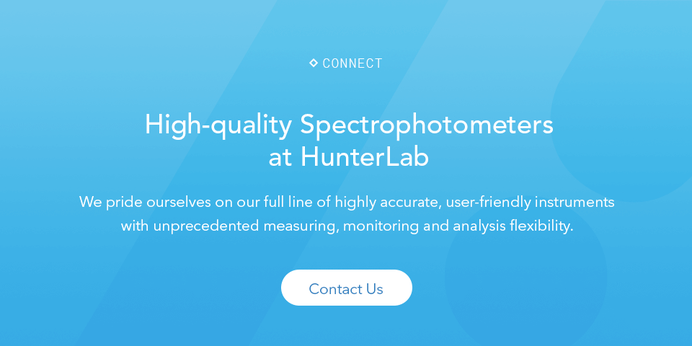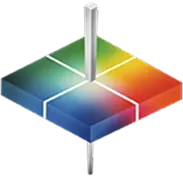
Spectrophotometers Ensure Color Consistency
To ensure brand consistency, ketchup manufacturers include color quality testing in their quality assurance processes. By assessing a representative amount of their ketchup batches for color consistency, they are able to ensure that each bottle of ketchup produced will emit the same color ketchup. To accomplish this, manufacturers turn to spectrophotometers, instruments designed specifically to rapidly determine the color of solid, liquid, and ketchup objects. Spectrophotometers measure color by reflecting controlled bursts of light off objects, and collecting and analyzing the light that returns. The entire process, from inserting a sample to reading the results, takes a matter of seconds.
Spectrophotometers Outperform Human Color Observers
Human technicians are a necessary and important part of the color quality control process. They prepare the sample and the instrument, interpret the data, and decide from there the best course of action to take. However, when it comes to actually determining the color of ketchup, spectrophotometric measurements are far superior to human eyesight. These instruments are standardized, so that each spectrophotometer will return the same results across years of measurement. Unfortunately, human eyesight is not nearly as consistent year to year, or person to person. Also, spectrophotometers are able to convert color into numerical values. These values can then be compared to a predetermined standard, also expressed numerically. This allows for greater descriptive specificity and repeatability than human observers can accomplish, as humans lack the language to discern or describe colors with decimal accuracy.
Spectrophotometers also save labor by streamlining the documentation process. Instead of relying on paperwork filled out by quality control technicians, these instruments can store the results of their tests directly to a company’s server. This eliminates the need to record and upload quality testing data, saving time on a daily basis.
HunterLab’s ColorFlex L2 Tomato is specifically designed to measure tomato color in every form. Image Source: Unsplash user Roychan Kruawan


